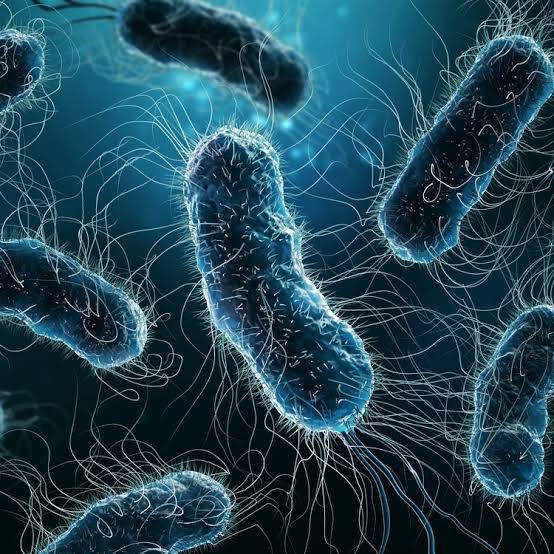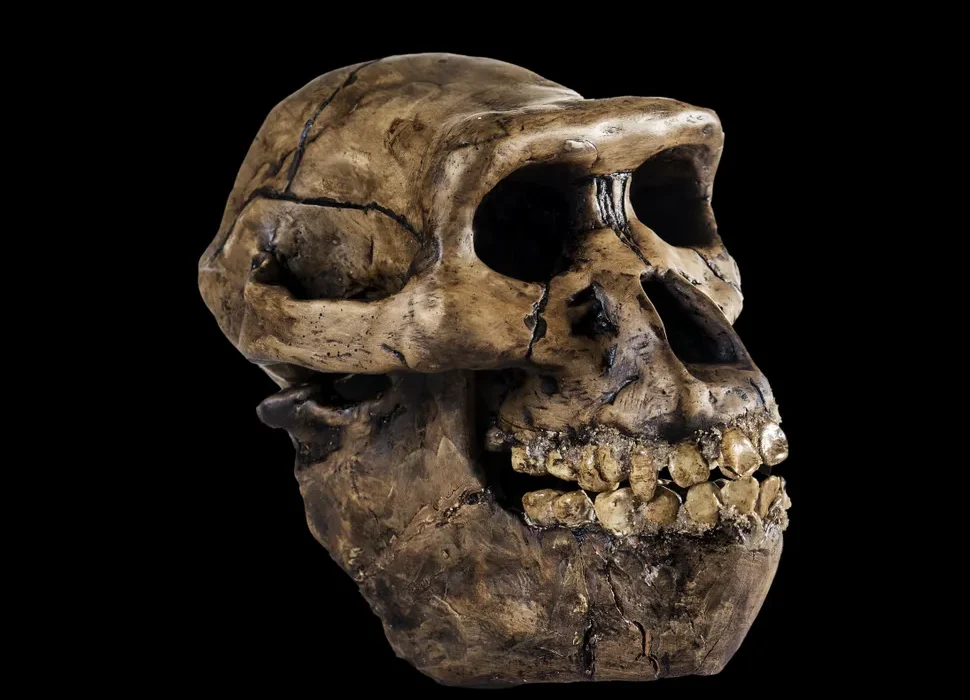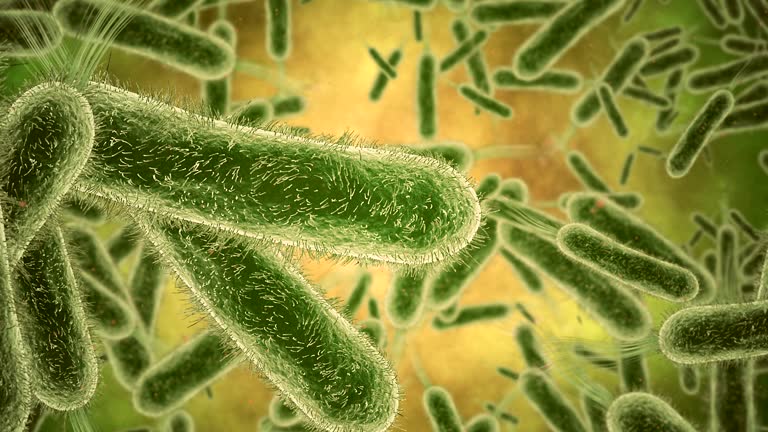Beneath the surface of your skin, inside your mouth, lining your gut, coating every fold of your intestines, and even dancing invisibly across your fingertips—there lives a universe so complex, so astonishing, that it defies the limits of imagination. It’s not a world visible to the naked eye, and yet it might be the most important ecosystem you’ll ever inhabit. These are the microbes—the trillions of microscopic organisms that call your body home.
We often think of ourselves as solitary beings, neatly defined by the borders of our skin, but science tells another story. We are ecosystems. We are walking galaxies of bacteria, viruses, fungi, archaea, and protozoa. In fact, microbial cells in and on our body may outnumber our human cells. Their DNA—our “second genome”—may shape more of our destiny than we ever imagined.
The idea that your health, mood, behavior, weight, and even decisions could be influenced by microbes might seem like something out of science fiction. But it’s not fiction. It’s the front line of modern biology. And it all begins with the quiet revolution in understanding the world inside us.
The First Glimpses of an Invisible World
Long before we knew what microbes were, we lived with them. Ancient peoples knew that food could spoil and diseases could spread, but they had no concept of microorganisms. That changed in the 17th century, when a Dutch tradesman named Antonie van Leeuwenhoek used a homemade microscope to peer into a drop of pond water—and saw life teeming in it. “Animalcules,” he called them, tiny creatures unlike anything the world had seen.
What van Leeuwenhoek glimpsed for the first time, we now know to be part of the microbial world. Yet for centuries afterward, microbes were primarily associated with disease. The great discoveries of Louis Pasteur and Robert Koch linked bacteria to infections, solidifying the idea that microbes were dangerous invaders to be feared.
This fear wasn’t entirely misplaced. Microbes can cause illness—sometimes devastating illness. Tuberculosis, cholera, bubonic plague, and countless other diseases have been wrought by microscopic life. But that was only part of the picture. We were too focused on the shadows to see the stars.
The Human Microbiome: Redefining What It Means to Be Human
It wasn’t until the dawn of the 21st century that scientists began to ask a radical question: what if many microbes were not our enemies, but our allies? What if some were not just harmless, but essential to our survival?
This question gave birth to one of the most ambitious scientific endeavors of the modern era—the Human Microbiome Project. Launched in 2007 by the National Institutes of Health, this project set out to catalog the trillions of microbes that live in and on us. What it revealed shook biology to its core.
There are more than 100 trillion microbes in your body. Taken together, they weigh about as much as your brain—roughly three pounds. These microbial passengers are not random; they form intricate, dynamic communities in different parts of your body—your mouth, your skin, your gut, your lungs, your reproductive organs.
Each of these microbial habitats plays a role in your health. Collectively, they’re known as the microbiome. It’s not a single organ, but it acts like one—an invisible organ that regulates digestion, metabolism, immune response, and even neurological function. Without it, we wouldn’t be truly human.
In the Gut: The Command Center of Microbial Life
If there’s a throne room for the microbial kingdom inside you, it’s your gut. The human gastrointestinal tract is home to the largest and most diverse collection of microbes in the body—up to 100 trillion individual organisms from over 1,000 different species.
This microbial metropolis does far more than help you digest food. Your gut microbes break down complex carbohydrates, synthesize vitamins like B12 and K, and help your body absorb nutrients. They metabolize fiber into short-chain fatty acids that nourish your gut lining and reduce inflammation.
But perhaps most surprisingly, your gut is in constant conversation with your brain. This connection—called the gut-brain axis—is a two-way highway of neural, hormonal, and immune signals. Your microbes send messages through this system that can influence your mood, appetite, and mental health.
Some scientists now refer to the gut microbiome as your “second brain.” And with good reason—changes in the gut microbiome have been linked to anxiety, depression, autism, Parkinson’s disease, and even Alzheimer’s. This isn’t to say microbes cause these conditions directly, but they’re certainly part of the conversation.
Birth of a Microbiome: Your First Companions
The journey of the human microbiome begins at birth. In the womb, you are mostly sterile—a blank slate. But the moment you enter the world, you are colonized.
Babies born vaginally are coated with their mother’s vaginal and gut microbes—organisms finely tuned by millions of years of evolutionary partnership. Those born by cesarean section acquire a different initial microbiome, more reflective of the hospital environment and maternal skin. These early microbial patterns can shape the immune system for years to come.
Breast milk is another critical source of microbial nurturing. It’s not just food—it’s a microbial ecosystem. It contains beneficial bacteria and specialized sugars called oligosaccharides that nourish specific gut microbes like Bifidobacteria. These microbes help protect infants from infection, support gut development, and train the immune system.
As infants grow and explore, their microbiomes diversify. Every kiss, every pet, every crumb on the floor becomes a microbial encounter, building the child’s inner world one organism at a time.
Microbial Guardians: The Immune System’s Hidden Teachers
Perhaps the most vital role of the microbiome is its relationship with the immune system. Far from being passive passengers, microbes are active architects of immune development. In early life, gut microbes help educate immune cells—teaching them to distinguish between friend and foe.
Without this education, the immune system can become trigger-happy, overreacting to harmless substances. This may help explain the rise in allergies, asthma, and autoimmune diseases in industrialized nations—our modern lifestyles often limit early microbial exposure.
Microbes also provide direct defense. Some produce antimicrobial compounds that kill or inhibit harmful invaders. Others compete for resources, preventing dangerous species from gaining a foothold. This microbial turf war keeps the ecosystem in balance.
And when pathogens do invade, your existing microbiota sounds the alarm. They activate immune responses, recruit white blood cells, and help fight off infections. It’s a symbiotic partnership—your body provides the habitat, and the microbes help keep it safe.
When Microbial Balance Breaks
A healthy microbiome is diverse and resilient. But modern life is not always kind to our inner ecosystem.
Antibiotics, while life-saving, can also act like napalm in the microbial forest—wiping out good bacteria alongside the bad. A single course can disrupt the gut microbiome for months. Repeated use may reduce microbial diversity, paving the way for resistant pathogens like Clostridium difficile, which can cause life-threatening diarrhea.
Diet also plays a major role. Diets rich in fiber and plant-based foods support microbial diversity. But the Western diet—high in sugar, fat, and processed foods—has been linked to reduced diversity and inflammation. Add to that chronic stress, sedentary lifestyles, and over-sanitization, and it’s no wonder our microbial health is suffering.
When microbial balance is disturbed—a condition called dysbiosis—the consequences can be profound. Dysbiosis has been linked to obesity, diabetes, inflammatory bowel disease, allergies, cancer, and mental illness. The connection between the microbiome and chronic disease is one of the most active and exciting frontiers in science today.
Microbiome Medicine: Healing Through Bacteria
If microbes are part of the problem, could they also be part of the cure? Increasingly, scientists think so. A new era of microbiome medicine is emerging—one that treats disease not by killing microbes, but by restoring harmony.
One of the most dramatic examples is fecal microbiota transplantation (FMT)—the transfer of stool from a healthy donor into the gut of a patient with severe dysbiosis. Though it may sound unorthodox, FMT has cured recurrent C. difficile infections in up to 90% of cases—often after all else fails.
Probiotics and prebiotics are another avenue. Probiotics are live bacteria that can confer health benefits; prebiotics are the dietary fibers that feed them. While some probiotic products are overhyped, well-designed clinical strains have shown promise in treating diarrhea, irritable bowel syndrome, and even mood disorders.
Looking ahead, scientists are exploring designer probiotics—engineered microbes that can produce specific molecules, deliver drugs, or modulate the immune system. Personalized microbiome therapies may one day be tailored to your unique microbial profile, reshaping medicine as we know it.
Microbes and the Mind: A Silent Symphony
The idea that microbes influence the brain may sound radical, but the evidence is mounting.
Microbial metabolites can cross the blood-brain barrier and alter neurotransmitter levels. In mice, transplanting gut microbes from anxious individuals can induce anxious behavior. In humans, altered microbiomes have been linked to depression, schizophrenia, and cognitive decline.
This doesn’t mean microbes control your mind—but they’re part of the orchestra. They play notes in the symphony of your biology, affecting everything from hunger to happiness. Researchers are now studying how “psychobiotics”—bacteria that affect mental health—could be used to treat anxiety and depression.
It’s not just physical health that depends on our microbial co-pilots—it’s our sense of self.
The Shared Microbial World: You Are Never Alone
What’s astonishing is not just the power of your microbiome—but how connected it is to others. Families share microbes. Lovers exchange them through touch and kiss. Even your dog contributes to your microbial diversity. In many ways, our microbes are part of a shared biological language—a microbial handshake between us and the world.
In traditional societies, where people live close to nature, the microbiome is richer, more diverse, and more resilient. In modern urban life, we’ve lost much of that richness. The air we breathe is filtered, the surfaces sterilized, the food pasteurized. We’ve traded safety for sterility—and in some cases, health for hygiene.
The good news is that we can rebuild. Exposure to nature, varied diets, fermented foods, physical contact, and mindful antibiotic use can all support microbial resilience. The future of health may depend not on isolation, but on reconnection—with our environment, our communities, and the invisible multitudes within.
Rediscovering Ourselves
To explore microbes is to redefine what it means to be human. We are not singular. We are symbiotic. The boundary between “self” and “other” dissolves when you realize that your body is a scaffold for microbial life—a walking continent of unseen creatures, each playing their part in your story.
We often look outward for wonder—in the stars, in distant galaxies, in ancient ruins. But there is a universe inside you, more mysterious and miraculous than you ever imagined. Every breath, every heartbeat, every emotion unfolds against a microbial backdrop you’ve never seen but always carried.
In this light, health is not just the absence of disease—it is the harmony of trillions of lives working together. And healing, perhaps, is not just about medicine—it’s about remembering the invisible allies that have been with us all along.
So the next time you feel alone, remember: you are never truly alone. The hidden world inside you is alive, intelligent, and waiting to be understood.






